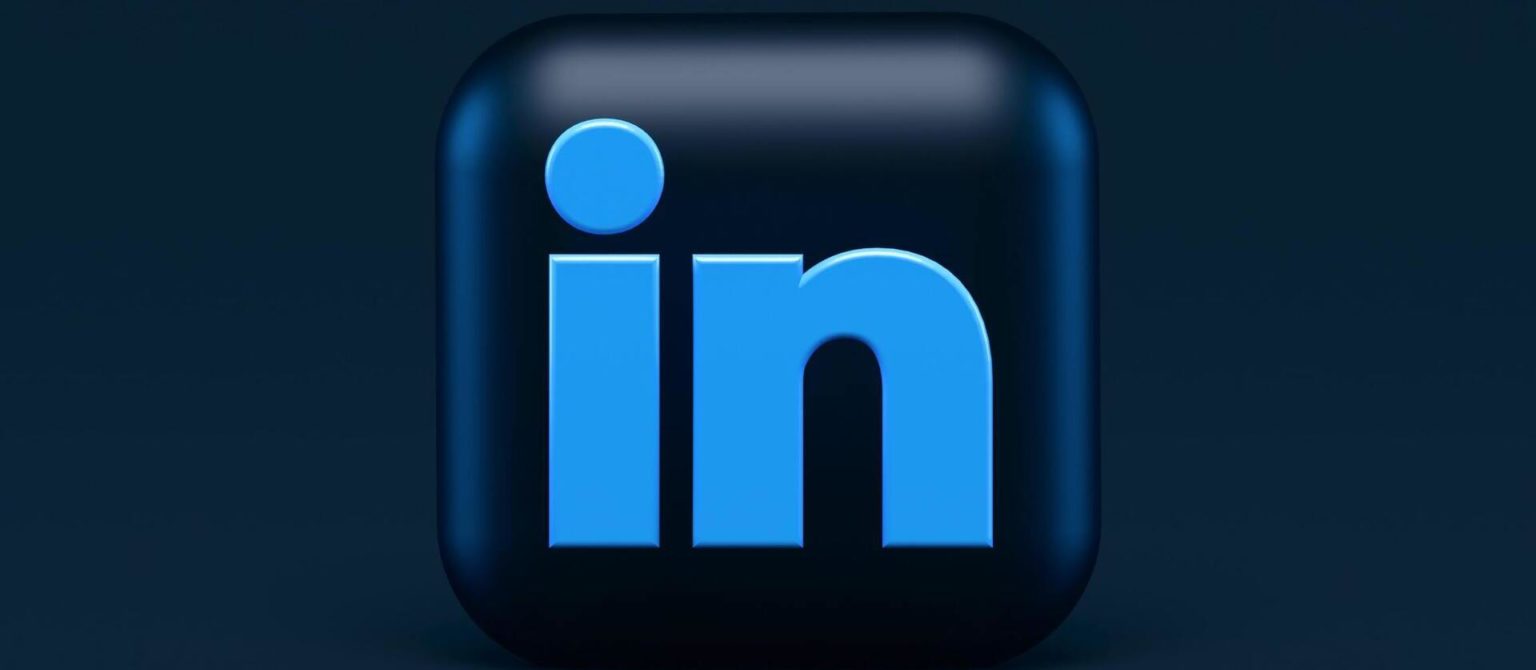If you haven’t made LinkedIn your B2B marketing bestie, now’s the time to change that. In B2B marketing, LinkedIn is a powerful tool for building brand awareness and relationships with prospective customers. It’s also an excellent employee recruiting tool.
The platform is the No. 1 social networking site among Fortune 500 companies, according to a 2020 study from the University Of Massachusetts Dartmouth Center for Marketing Research. Furthermore, that’s not a one-off statistic. It held the top spot in social media usage for seven years in a row.
How to make LinkedIn your B2B marketing bestie
Here are a few ways you can market and grow your business using LinkedIn:
Share engaging content with prospects
Nurture new relationships by writing and sharing engaging content. For example, highlight problems that are common in your industry and explain how your company solves them. Similarly, share unique insights about industry news and events. You can also reveal insider tips and tricks for your products. If you don’t have the resources to create enough content, stretch yours out by sharing material from other sources. Just be sure to credit your sources.
Show your expertise as a thought leader
Interview your company’s subject experts about industry topics and write articles based on those interviews. You can publish the articles on your company’s website and link out to them. In addition, you can interview industry leaders and write content from their insights. If they don’t have time for full interviews, ask them for quotes for your next article.
Generate leads and nurture new relationships
Initiate contact with prospects, but keep it short and avoid sales pitches. You can mention a favorite post or article, or discuss their pain points. Keep the conversation going by sharing helpful content. It’s a great way to keep your name in front of them without being pushy.
Recruit job candidates
When you’re looking for talent, let your network know it on your company page. Post your opening and welcome referrals. You might be surprised how many people know someone who wants to make a move. Similarly, they might know someone who knows someone.
In addition, you can post jobs on LinkedIn groups. Groups are where professionals gather to share knowledge and content, make business contacts, and post and view jobs. Finally, you can ask your employees to let their networks know you’re looking for candidates.
Survey your followers to gather intel
Ask your followers questions and reply to their comments. You can also seek valuable feedback about your products and services. You’ll get the most engagement and the highest-quality responses if you interact regularly on LinkedIn.
Elevate your brand and your company’s authority
The more you engage with your audience on LinkedIn, the more likely they’ll be to see you as credible and trustworthy. Don’t be afraid to show your company’s human side. If you revert to corporate-speak and business jargon, your audience will see through the script and tune you out. Encourage your audience to engage and laugh with you.
Are you neglecting your B2B marketing bestie?
You know how valuable a resource LinkedIn is. And yet, you rarely post on your company’s page. When was the last time you gave your company’s LinkedIn page some love? Here are some signs that you’re neglecting it:
- Failing to dedicate resources to curating and posting content
- Posting infrequently to keep the page “active” and give the appearance that you care
- Sharing content that isn’t relevant to your followers and target audiences
- Relying on random stock photos
- Disregarding questions from prospects and customers
- Regurgitating corporate jargon and sales pitches
- Omitting calls to action that increase engagement
Think of LinkedIn like you would any other tool. If you don’t use it and keep it in tip-top shape, it’s going to rust and fall apart. Companies that neglect their pages usually make the decision early on to “set it and forget it” because maintenance takes work. They know that to make and keep their B2B marketing bestie happy, they must put the time into it.



